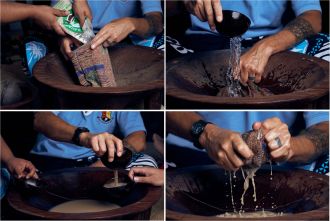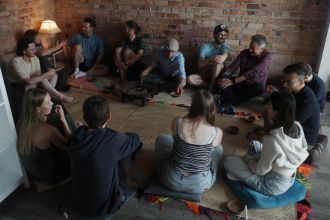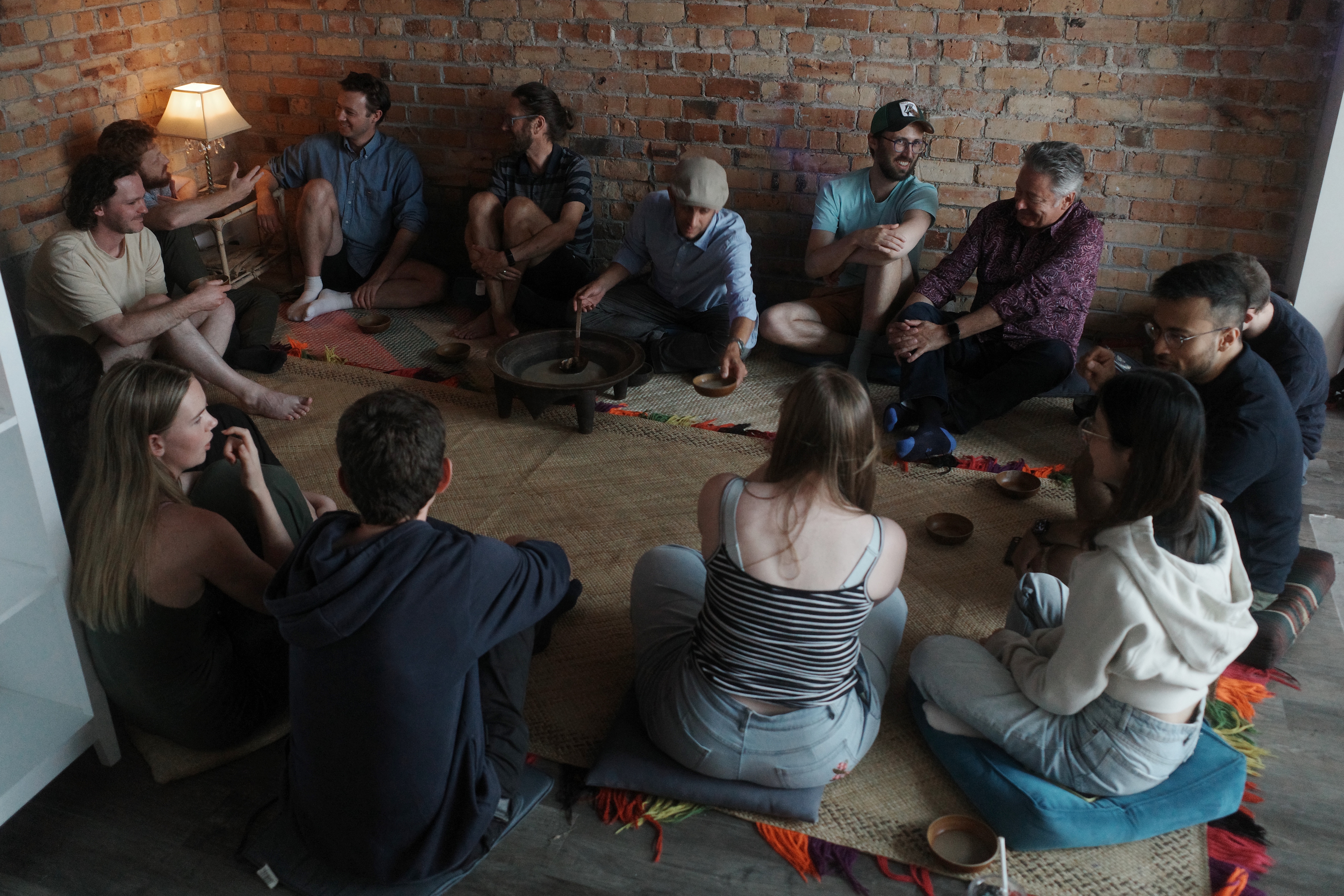Media release
From:
First-hand experience
"I left the Police with diagnosed PTSD. Today, I have experienced full healing, something I know not many can say. I want others to know that there is life after PTSD, and it's an amazing, fulfilling life, rich with meaningful relationships, connection, and good people.
"One major traumatic incident during my time in the Police was the breaking point, but I now realise that if I had sought help for the smaller incidents leading up to it, the impact may have been reduced and I might have stayed in a job I loved. Still, I avoided talking about any of it. Even thinking about those events made me uncomfortable, so ignoring them felt safer. That’s classic trauma-related avoidance. I was fortunate to be diagnosed with PTSD without having to recount the main incident, as it had been documented by others. Even so, I avoided therapy; I didn’t want to talk about what had happened. Again, classic PTSD avoidance: why talk about the thing that overwhelms you?
"After leaving the Police, things worsened. My anxiety increased, and sleep became severely disrupted by vivid, recurring trauma dreams - sometimes up to six a night - leaving me in a state of constant fear and hyper-alertness.
"When medication didn’t help, I went home to my village in Fiji, genuinely believing I might die. But the opposite happened. Sitting for hours drinking kava and engaging in talanoa, often with friends who had served in the British Army, I slowly relaxed. My panic eased, sleep improved, and within a couple of months, I felt like myself again.
"Several years later, at Aldershot Barracks in the UK, drinking kava and talking with Fijian mates just back from Afghanistan, I realised my healing wasn’t unique. Others were experiencing the same. That kava talanoa session became the catalyst for the research I describe in this paper."
Kava is both a noun and a verb
"Most people think they are using kava when they are not. This is because the average non-Pacific person fails to understand what kava actually is, instead viewing it simply as a beverage, and that ‘simple beverage’ has become the commodity. Two thousand-plus years of Pacific traditional knowledge tells us kava is vastly more than a beverage made from the roots and basal stump of the Piper methysticum plant.
"Kava is both a noun and a verb, it's holistic and includes the associated cultural knowledge and practices that nurture vā (relational connection). Those practices include the woven mats we sit on (which are symbolic of the weaving of relationships), the tanoa [kava bowl] we serve from, the order in which we serve those present, the bilo or ipu [coconut shell cup] we drink from, and most importantly, the relational connection we create in that space. We don't use kava in isolation because kava as drink and practice facilitates relational connection.
"Pacific peoples are proud of kava and want others to enjoy it. What we don’t want is our cultural keystone species, based in 2000+ years of traditional knowledge and safe use, adulterated, misrepresented, exploited and appropriated by the ‘culture industry’, by those who seek to profit from our culture."
The clinical trial
"In our study, we will have several cohorts doing different things, but one will take tablets only and another will drink kava in a traditional setting, with the aim of identifying dose-response relationships and informing the design of standardised intervention guidelines. This comparison will also allow us to explore the relational space that kava facilitates, a cultural dimension that’s essential to fully understanding what kava is.
"We’re not claiming kava and talanoa is the PTSD ‘magic bullet’. However, we do believe they offer an innovative, culturally grounded, group-based cognitive-behavioural therapy that makes a valuable contribution to trauma treatment. We also see potential for kava-talanoa beyond Pacific communities - including among Europeans - demonstrating the global relevance of Pacific Indigenous knowledge and worldviews."
Multimedia





 New Zealand; Pacific
New Zealand; Pacific



